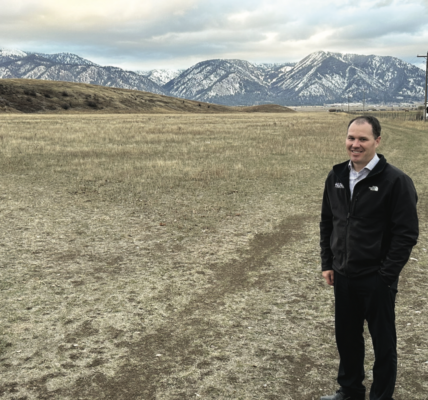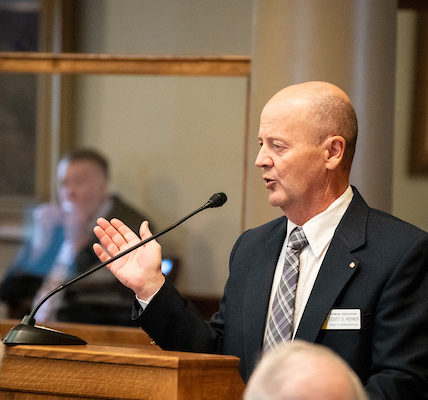Sometimes, it’s hard to stay on top of changing trends.
We’re spending less money on transportation, but it’s hard to understand exactly why.
It’s not as easy as saying the young’uns aren’t driving. In fact, that doesn’t appear to be true.
A new data analysis report by Michael Sivak and Brandon Schoettle of the University of Michigan Sustainable Worldwide Transportation group compared the percentage of income Americans spent on transportation in 2016 and in 1989. The result? In 1989, we spent 18.9 percent on it. In 2016, it was 15.8 percent.
Break it down by income, and we’re still spending less whether we’re rich or poor. We spend less for gasoline and oil — 3.3 percent of income today vs. 3.5 percent then. We spend less of our income today to buy new cars — 6.3 percent vs. 8.4 percent.
The only subcategory that spends more on a transportation-related item involves the poorest 20 percent and “other expenses.” They spent 4.8 percent on that in 1989 and 5.2 percent in 2016.
If you look at it in terms of actual expenditures in inflation-adjusted 1989 dollars, we spent on average $5,268 in 1989 and $4,675 in 2016.
So, what gives? Are we driving less? Are cars that much more fuel-efficient? Are we earning more?
The answers to all three may be yes, or maybe, or something else.
It once was fashionable to say millennials didn’t want to own cars. Everyone is “Ubering” back and forth in urban areas. But while Uber and other ride-share services do provide a quick and cheap alternative to city traffic and parking hassles, a study by TransUnion last summer found that people ages 21 to 34 are borrowing money for cars at a pace 21 percent above Gen X members at that same age.
That doesn’t mean they’re driving as many miles as the older generation did, and yes, cars are better built and more efficient these days.
Also, the long family vacation road trip may be a thing of the past. An Airlines for America report found that 49 percent of Americans flew somewhere in 2016, and the average adult took 2.2 trips.
Fully 69 percent of these trips were for personal reasons, such as a vacation, while only 31 percent of those trips were for business.
And yes, we earn more today. The Census reports that the median household income last year was a record $59,149. But that doesn’t account for how we’re spending less on transportation in real terms.
The Michigan study also found that we’re spending a smaller percentage of income today on food, across all income levels, as well as on clothing, alcohol and smoking.
What are we spending more money on? No shock here — housing is up. For the poorest among us, it takes 40.8 percent of income today vs. 35.8 in 1989. Health care also is up, taking 8 percent of our income vs. 5 percent in 1989. Insurance and pension costs also have risen as a percentage.
The bottom line is we should figure out the market forces that are getting people to spend less on transportation and apply those to health care and housing. That may mean less government, which seems to never be a realistic wish.
Email Jay Evensen at even@deseretnews.com. For more content, visit his website, jayevensen.com.





